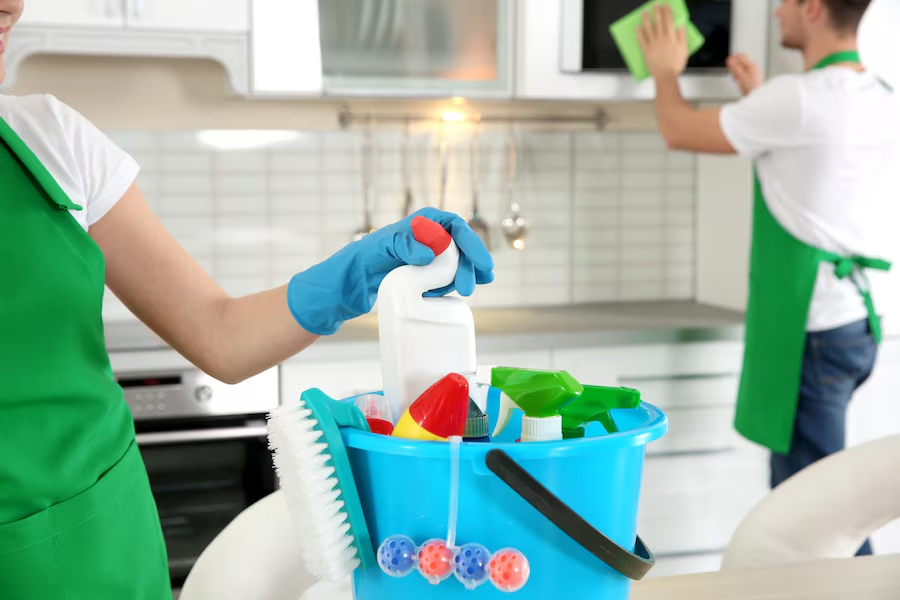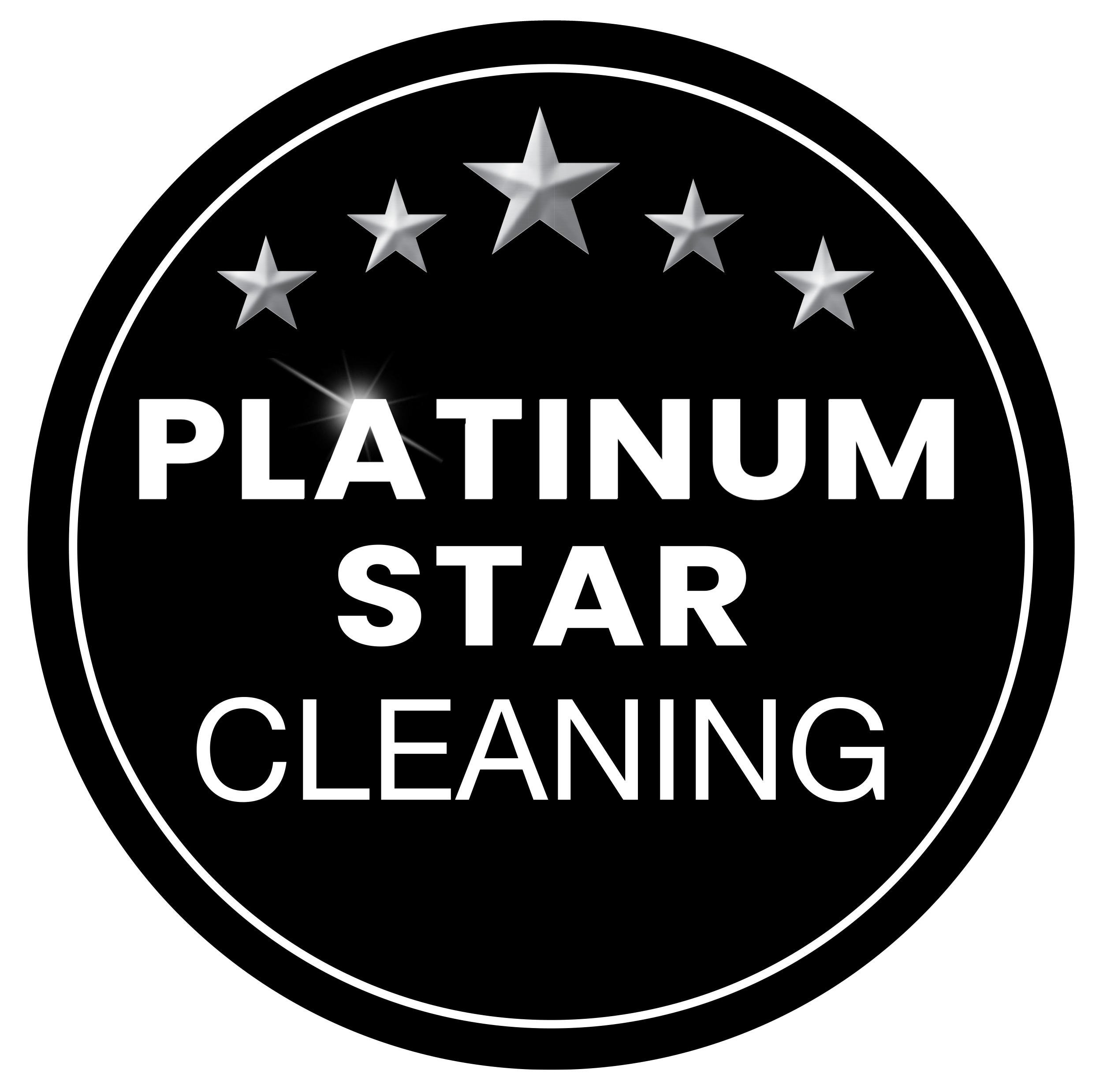In times of unexpected chaos and unforeseen emergencies, having a well-prepared plan can make all the difference. Among the crucial elements of any emergency preparedness strategy is the often-overlooked hero: the emergency cleaning kit. While it may not be the first thing that comes to mind when thinking about disaster readiness, its significance cannot be overstated.
In this blog post, we’ll delve into the importance of emergency cleaning kits, exploring what they entail and why they’re essential for every household or workplace. From natural disasters to unforeseen accidents, understanding the necessity of these kits could prove invaluable in safeguarding your loved ones and property.
So, let’s dive in and uncover what you need to know to ensure you’re adequately prepared for any unexpected situation.
Understanding the Role of Emergency Cleaning Kits in Disaster Preparedness

Emergency cleaning kits play a pivotal role in disaster preparedness by ensuring that individuals and communities are equipped to handle the aftermath of various emergencies effectively. These kits serve as a crucial component of readiness plans, providing essential tools and supplies necessary for cleaning up and restoring order in the wake of disasters such as floods, storms, or environmental hazards. By understanding the role of these kits, individuals can proactively prepare for unforeseen circumstances, minimizing the impact of emergencies on their health, safety, and overall well-being.
Safeguarding Health and Hygiene Amidst Emergencies
During emergencies, maintaining health and hygiene becomes paramount to prevent the spread of diseases and infections. Emergency cleaning kits play a vital role in safeguarding health by providing necessary supplies such as disinfectants, gloves, and masks. These kits enable individuals to sanitize their surroundings effectively, reducing the risk of illness in disaster-affected areas. By prioritizing hygiene amidst emergencies, communities can mitigate the spread of pathogens and ensure the well-being of residents, thereby minimizing the impact of disasters on public health.
Mitigating Risks of Contamination and Disease Transmission
Emergency cleaning kits are instrumental in mitigating the risks of contamination and disease transmission in disaster-stricken areas. Contaminated water, surfaces, and debris pose significant health hazards during emergencies, making prompt cleanup essential. By including disinfectants, sanitizers, and protective gear, these kits enable individuals to sanitize affected areas and minimize the spread of pathogens.
Effective cleaning measures help prevent the outbreak of infectious diseases, protecting the health and safety of both responders and survivors. Thus, by addressing contamination risks, emergency cleaning kits play a crucial role in safeguarding public health in the aftermath of disasters.
Essential Components: What Should Your Emergency Cleaning Kit Include?
When assembling your emergency cleaning kit, it’s crucial to ensure that it contains all the essential components necessary for effective disaster preparedness and response. Here are some key items to include:
- Disinfectants: such as bleach or alcohol-based cleaners, to sanitize surfaces and water sources.
- Personal protective equipment: including gloves, masks, and protective clothing to safeguard against potential hazards during cleanup activities.
- Basic cleaning supplies: such as brushes, sponges, and trash bags, for removing debris and contaminated materials.
- First aid supplies: to address any injuries or medical needs that may arise during cleanup efforts.
- Waterproof storage containers: to keep supplies dry and protected from moisture in case of flooding or water damage.
- Emergency contact information: including local emergency services, utility providers, and medical facilities, for quick access in times of need.
By including these essential components in your emergency cleaning kit, you can ensure that you’re adequately equipped to manage hygiene and sanitation effectively during emergencies, minimizing the risk of illness and promoting the well-being of yourself and others.
Addressing Common Challenges: Tips for Effective Emergency Cleaning
Addressing common challenges in emergency cleaning is paramount for ensuring effective response efforts. Here are some tips to navigate these obstacles:
1. Prioritize safety by wearing appropriate protective gear, including gloves, masks, and goggles, to minimize exposure to hazardous materials and contaminants.
2. Organize cleanup activities systematically, starting with clearing debris and then moving on to sanitizing surfaces and restoring order. This approach maximizes efficiency and minimizes the risk of overlooking critical tasks.
3. Collaborate with local authorities, emergency responders, and community members to pool resources and expertise, fostering a coordinated approach to cleanup efforts.
4. Utilize appropriate cleaning supplies and equipment for the task at hand, ensuring that disinfectants, brushes, and trash bags are readily available and in sufficient quantities.
5. Communicate effectively with residents and stakeholders, providing clear instructions and guidance on safety measures and cleanup protocols to promote compliance and cooperation.
By implementing these tips, individuals and communities can overcome common challenges and contribute to successful emergency cleaning initiatives, ultimately facilitating a quicker and more efficient recovery process.
The Psychological Impact: How Cleanliness Affects Morale in Crisis Situations
In times of crisis, cleanliness goes beyond mere tidiness—it becomes a lifeline for morale and well-being. Amid heightened stress and anxiety, a clean environment offers a semblance of control and normalcy, profoundly impacting mental health. Clean surroundings not only mitigate health risks but also instill hope and optimism, fostering resilience within communities facing adversity.
By acknowledging the psychological impact of cleanliness, we highlight the critical role of emergency cleaning efforts in promoting overall well-being during crises. Every sanitized surface and cleared space represents a tangible step toward restoring a sense of stability and security amidst chaos.
In prioritizing cleanliness, we prioritize the mental and emotional welfare of individuals and communities, reaffirming the importance of comprehensive disaster preparedness strategies.
Preventing Secondary Damage: The Importance of Swift Cleanup Measures
Preventing secondary damage through swift cleanup measures is paramount in the aftermath of emergencies. Lingering debris, moisture, and contaminants pose serious risks, exacerbating structural damage and threatening health if not promptly addressed.
By swiftly removing debris and sanitizing affected areas, individuals can mitigate the risk of mold growth, water damage, and further property deterioration. Moreover, expedited cleanup efforts accelerate the restoration process, enabling communities to bounce back more rapidly from disasters.
Recognizing the critical role of swift cleanup measures emphasizes the proactive stance necessary to minimize secondary damage and facilitate efficient recovery efforts. Act swiftly to safeguard your property and well-being in the face of adversity.
Tailoring Your Emergency Cleaning Kit to Specific Threats and Environments
Consider the unique challenges your region may face; for instance, coastal areas are susceptible to flooding and hurricanes, necessitating waterproof supplies and mold inhibitors.
Conversely, regions prone to wildfires demand respiratory protection and specialized tools for ash cleanup. By assessing potential threats and environmental factors, individuals can customize their cleaning kits, ensuring they’re equipped to address specific needs comprehensively.
This proactive approach not only enhances preparedness but also optimizes resource utilization during emergencies. Don’t wait until disaster strikes—take the initiative to tailor your emergency cleaning kit today and ensure you’re adequately prepared for any eventuality.
Accessibility Matters: Ensuring Your Cleaning Kit is Easily Reachable During Emergencies

Accessibility is a critical factor in emergency preparedness, particularly concerning cleaning kits. In times of crisis, quick access to essential supplies can make a significant difference in response effectiveness. Therefore, it’s vital to store emergency cleaning kits in easily accessible locations, such as designated storage areas or emergency supply kits. Additionally, clearly labeling and organizing kit contents can expedite retrieval and deployment during emergencies. By prioritizing accessibility, individuals can streamline response efforts and maximize the utility of their cleaning kits, thereby enhancing overall preparedness and response capabilities.
Training and Education: Empowering Individuals and Communities to Utilize Cleaning Kits Effectively
Empowering individuals and communities with the knowledge and skills to utilize cleaning kits effectively is essential for enhancing emergency preparedness and response efforts. Providing training on proper cleaning techniques, safety protocols, and kit maintenance ensures that individuals are equipped to handle emergencies confidently.
Moreover, educating community members about the importance of cleaning kits fosters a culture of preparedness and encourages proactive participation in disaster readiness initiatives. By investing in training and education, individuals can strengthen their capacity to respond to emergencies, ultimately enhancing community resilience and minimizing the impact of disasters.
As we conclude our exploration into the importance of emergency cleaning kits and the various aspects surrounding them, it’s evident that these kits are indispensable tools for ensuring preparedness and mitigating the impacts of disasters.
From safeguarding health and hygiene to addressing psychological well-being and preventing secondary damage, emergency cleaning kits play a multifaceted role in disaster response and recovery efforts.
By implementing the tips and strategies outlined in this blog post, you can enhance your readiness to effectively manage emergencies and protect yourself, your loved ones, and your property.
To further bolster your preparedness and ensure top-notch cleaning services for any emergency situation, consider learning more about Platinum Star Cleaning Services. With a commitment to meticulous attention to detail, exceptional quality, and unbeatable customer service, Platinum Star Cleaning Services stands out as the premier choice for all your cleaning needs.
Just like emergency cleaning kits strive to provide comprehensive solutions, Platinum Star Cleaning Services aims to exceed expectations with every service provided.
Contact us today at (610) 504-5469 or [email protected] to experience the difference that Platinum Star Cleaning Services can make in your life.

